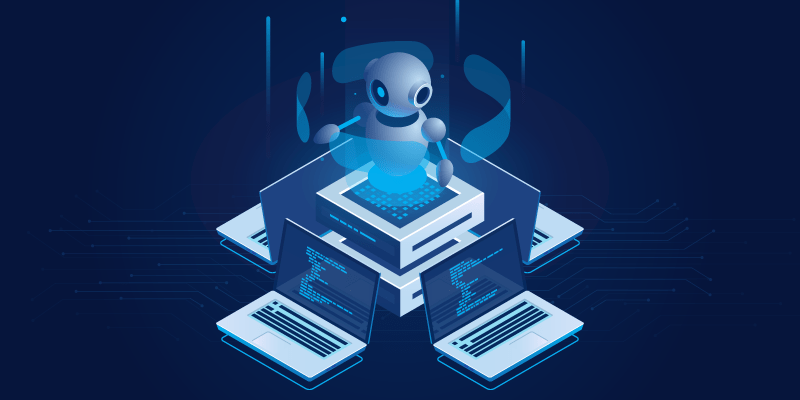Important: The GCConnex decommission will not affect GCCollab or GCWiki. Thank you and happy collaborating!
Difference between revisions of "Robotic Process Automation"
| Line 27: | Line 27: | ||
==How the Pay Solutions Branch uses Blue Prism's RPA Technology == | ==How the Pay Solutions Branch uses Blue Prism's RPA Technology == | ||
| − | [[File:BP.png|left|486x486px]]Currently, | + | [[File:BP.png|left|486x486px]]Currently, the Pay Solutions Branch (PSB) uses Blue Prism's intelligent software and Robotic Process Automation (RPA) technology for both the Front Office (FO) and Back Office (BO) to process pay solutions and business processes with a secure, agile, and smart digital workforce. |
| + | |||
| + | On November 19th, 2020, the PSB FO deployed 3 RPA pay processes for the Pay Centre. As of March 23rd, 2022, the digital workers have processed over 54,000 pay cases and has saved Compensation Advisors (CAs) over 14,600 hours. | ||
| + | |||
| + | One thing to note, digital workers can work 24/7 and don't take breaks, whereas CAs typically work 8 hours a day with regularly scheduled breaks. By automating the simple tasks and cases of CAs, it allows them to focus their attention and time on more complex tasks and cases. | ||
===Software Landscape=== | ===Software Landscape=== | ||
Revision as of 16:46, 6 April 2022
What is Robotic Process Automation?
Robotic Process Automation (RPA) is the term used for software tools that partially or fully automate human activities that are manual, rule-based, and repetitive. The software robots (A.K.A Digital Workers) follow objective decision making by mimicking and replicating the actions of an actual human interacting with one or more software applications to perform tasks such as data entry, standard transaction processing, or responding to customer service questions.
Robotic Process Automation tools do not replace the underlying business applications; rather, they automate the manual tasks of human workers. They essentially look at the screens that workers look at and fill in and update the same boxes and fields within the user interface by pulling the relevant data from the relevant location.
Purposes Served by RPA
- Automates routine and repetitive tasks to reduce the human workload and allows for time to be allocated to more meaningful work.
- Liberates humans from monotonous, low-value-added work that does not contribute to growth, and reduces human error.
- Helps to ensure that outputs are complete and correct.
- Helps to ensure that tasks can be completed more quickly.
- They work by replicating the actions of an actual human interacting with one or more software applications to perform tasks such as data entry and processing standard transactions.
RPA Benefits Compared to Traditional Methods
Robotic Process Automation
|
Other Tools
|
How the Pay Solutions Branch uses Blue Prism's RPA Technology
Currently, the Pay Solutions Branch (PSB) uses Blue Prism's intelligent software and Robotic Process Automation (RPA) technology for both the Front Office (FO) and Back Office (BO) to process pay solutions and business processes with a secure, agile, and smart digital workforce.
On November 19th, 2020, the PSB FO deployed 3 RPA pay processes for the Pay Centre. As of March 23rd, 2022, the digital workers have processed over 54,000 pay cases and has saved Compensation Advisors (CAs) over 14,600 hours.
One thing to note, digital workers can work 24/7 and don't take breaks, whereas CAs typically work 8 hours a day with regularly scheduled breaks. By automating the simple tasks and cases of CAs, it allows them to focus their attention and time on more complex tasks and cases.
Software Landscape
Development and Deployment
|
Readability of a Process
|
System Integration
|
Integration with Other Applications
|




